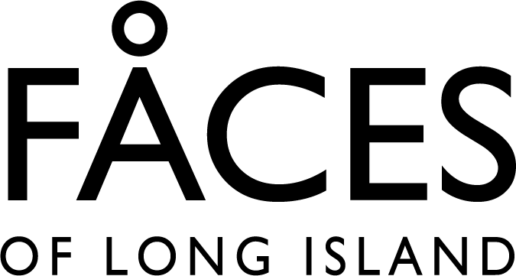‘I sat on the couch and felt this pull from the universe. I stayed there and wrote mantras on different topics.’
Erin Marrazzo, Holbrook
“I was a shy child, afraid to be myself and of what others might think of me. What led me to want to teach was to inspire children, to be that special person for a child, and to give them the tools that they would need to feel confident and be able to shine.
“Yoga helped me a great deal over the years. Saying positive mantras helped me evolve as a mother, teacher and wife. I wanted to bring that to the children that I teach, but I wasn’t certified. I reached a point where I didn’t want to put it on the back burner anymore. In 2022, I received my first yoga teaching certification for adults and brought yoga into my classroom.
I sought advice. A self-published author told me, ‘I think you have something here.
“I obtained my children’s yoga teaching certification after pursuing my certification to teach adults. I then offered to teach yoga to the kids during the school day, and received a wonderful response of interest and encouragement from the parents. It was such a beautiful time developing this weekly practice with my students. They really benefited from the positive self-talk. Some of them had struggles with self-confidence and emotions, which is typical, but especially so as the COVID years impacted them emotionally and socially. I started writing. I wrote little mantras for children to say to themselves and saw positive benefits. Soon we were saying mantras in the classroom to start our day.
“Last June, I put the kids in bed one night and told my husband I was going to stay downstairs for a while. I sat on the couch and felt this pull from the universe. I stayed there and wrote mantras on different topics. The next day, I told some of my friends about it, saying, maybe I’ll use this with my students. A few more days passed before I realized there might be more to this.
“I sought advice. A self-published author told me, ‘I think you have something here. This might be bigger than your classroom.’ That’s where it began. I never planned to write a children’s wellness book or thought of myself as an author, but I found an editor and a wonderful illustrator. This team helped bring my book, ‘Everyday Mindful Mantras for Minis,’ to life.
“It’s been such a wonderful journey. I’ve been able to share this book with children. It’s a book that all children can benefit from. I receive great feedback, and it’s been nice to share this not just with my schoolchildren, but beyond.”
Interviewed by Shoshanna McCollum
